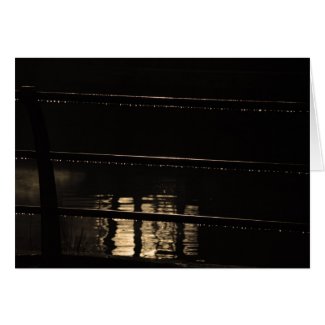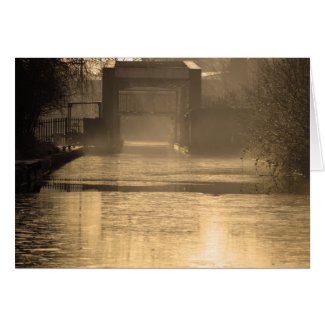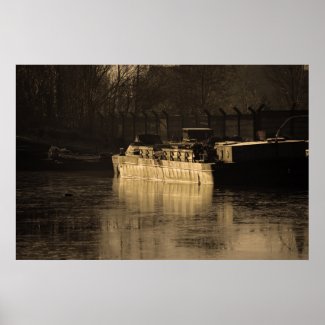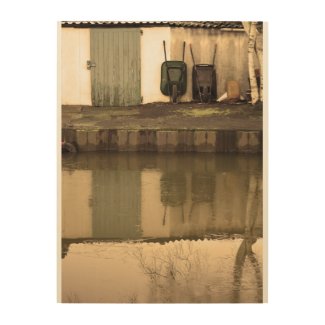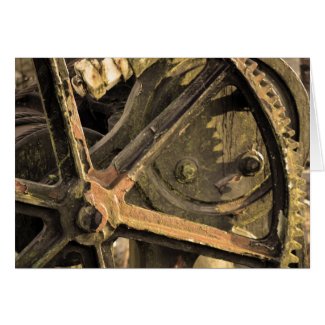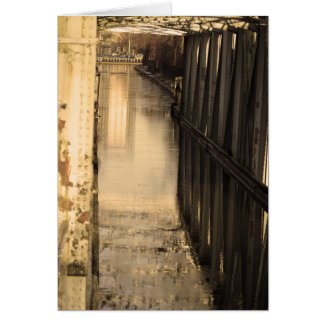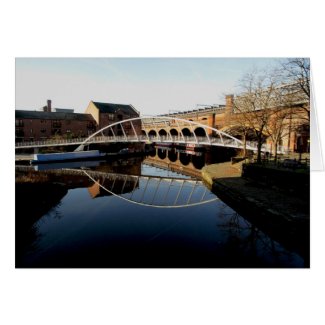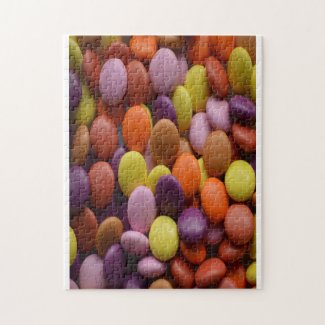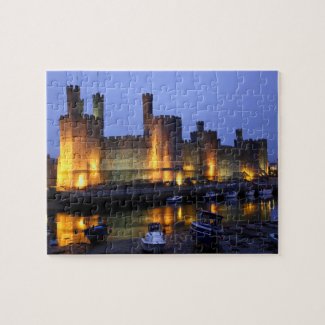For what seams like forever my home has
been in the upheaval of renovation and I have been living out of boxes but now
I am back. I do not normally talk about what kit I use as a lot of people that
I have encountered tend to be equipment and brand junkies rather than
photographers.
I am not rich so when it comes to choosing
equipment the over riding factor is my wallet and what I can afford at the time
as well as the subject matter that I will take photos of. Over the years I have
used many different cameras from compacts to medium format, I have even sold
images taken on my smart phone, each camera has its pros and cons but it comes
down to personal choice but more importantly are you happy enough to take the camera
out with you at every opportunity so that you are ready to take that all
important photo.
Well my latest kit is a Nikon D3200 with an
18-55 and a 55-200 kit lenses. It feels quite a bit smaller than my Cannon 5D
and 6D and I am hoping that this will make it easer to carry around. Now that I
have got that out of the way lets get on with the subject of photography.
I try to carry my camera as often as I can
so that I do not miss out on a photo opportunity, other time I am out and about
just hoping that inspiration comes too me, both methods are not very productive
and I am just lucky if I get any photos to keep. I do have a back up plan that
is growing my catalogue of close up of interesting textures that I can use in
other projects but some times this is all that I come back with.
Having had such a long spell from
photography I intend to make the most of this camera and my time, looking at
other images for inspiration is great but if I wanted to take images of the
Northern Lights then I would have to book a flight and wait around for about
seven months, not very good for productivity.
Projects: Is the way to go from short one
day projects for when the weather is not that good and open ended projects that
I can pick up on when I do not have anything else filling my photography time.
One Day Projects
Still life:
These are great for when the weather is
overcast; in fact this helps as the clouds act as one big diffuser when
lighting your subject with natural light. Stuck for subjects why not raid the
kitchen or garden shed for utensils and tools arranging them together or on
their own. Be sure to work all the angles and as well as taking images that
show the whole subject move in and isolate parts of the subject giving you an
almost abstract image.
Food Photography:
Planning a special meal or just papering
your self, then why not document your progress as well as the finished result.
This could be part of a bigger project by getting the images for that cook book
you have always been meaning to write.
Back catalogue:
It is a great feeling creating the image
but what are you going to do with it now, just leave it on your computers hard
drive. Why not post it on the internet on sites like Flicker or 500PX you could
even offer it for sale on sites line Zazzle or Redbubble.
Open Ended Projects:
Taking the Same Photo:
Some places character changes dramatically
as the seasons change, why not revisit them through the year and capture that
change. Other places change over a much longer period with new buildings and
renovations, so if you hear of such a project in your local area big or small get
out get some images before it all changes. Do not forget to go back when the
work has finished and who knows over the years you could build up a body of
work that is of important social documentary, there might even be a book in it.
Post Cards:
Many places have post cards of their
surroundings be it cities, towns, villages and even individual buildings. Why
not have a go at recreating some of them but with a twist. Some times it is
impossible to find the vantage point that the original post card was taken from
and the weather is sure to be different so use a different vantage point and go
for inclement weather to give a totally different mood to the post card. When
you have your collection on new postcards why not publish them.
A year in the life of your pet:
Some pets will play for the camera more
than others giving greater photo opportunities, you know your pet better than
anyone else so you will be better able to capture their personality. You can
take the images every day or every couple of weeks, it is up to you. Have a
product in mind for the end of the project, like a photo album or photo book to
help keeping the project going.
